The Boeing AH-64 Apache Attack Helicopter. The Boeing AH-64 Apache is not just an aircraft; it is a symbol of advanced military technology and strategic prowess. As an attack helicopter, it has carved out a formidable reputation for itself since its inception, becoming a cornerstone of modern aerial warfare.
Contents
With its sleek design and powerful capabilities, the Apache has been a game-changer on the battlefield, providing ground forces with unparalleled support and precision strike capabilities.
I have always been fascinated by how this helicopter combines speed, agility, and firepower, making it a formidable adversary in any conflict. What sets the Apache apart is not merely its impressive specifications but also its ability to adapt to various combat scenarios.
From urban warfare to open-field engagements, the AH-64 has proven its versatility time and again.
Its role extends beyond just being an attack platform; it serves as a vital component of integrated military operations, working in tandem with other forces to achieve mission objectives. The Apache’s presence in the skies often serves as a psychological deterrent to adversaries, showcasing the technological edge that modern militaries possess.
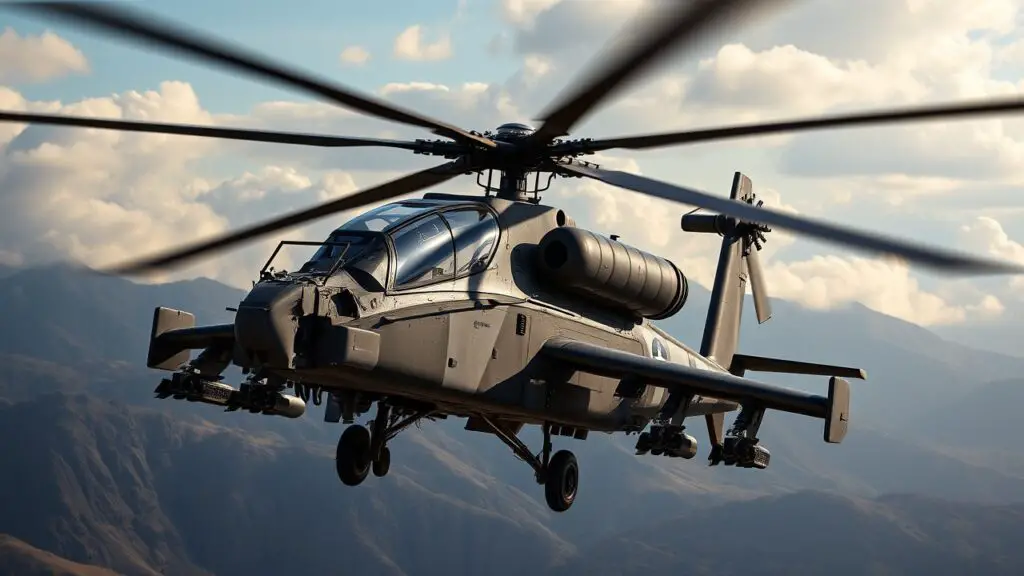
History and Development of the AH-64 Apache
Initial Development and Introduction
The initial prototypes were developed by Hughes Helicopters, and after rigorous testing and evaluation, the Apache was officially introduced into service in 1986. This marked the beginning of a new era in aerial combat.
Continuous Upgrades and Enhancements
Throughout its development, the Apache has undergone numerous enhancements and iterations, reflecting the evolving nature of warfare. I appreciate how each upgrade has been meticulously designed to address specific operational challenges, from improved avionics to advanced weapon systems.
Evolution and Legacy
The introduction of the Longbow variant in the 1990s, equipped with a sophisticated radar system, further solidified the Apache’s status as a leading attack helicopter. This evolution is a testament to the commitment of engineers and military strategists who continuously seek to push the boundaries of what is possible in aerial warfare.
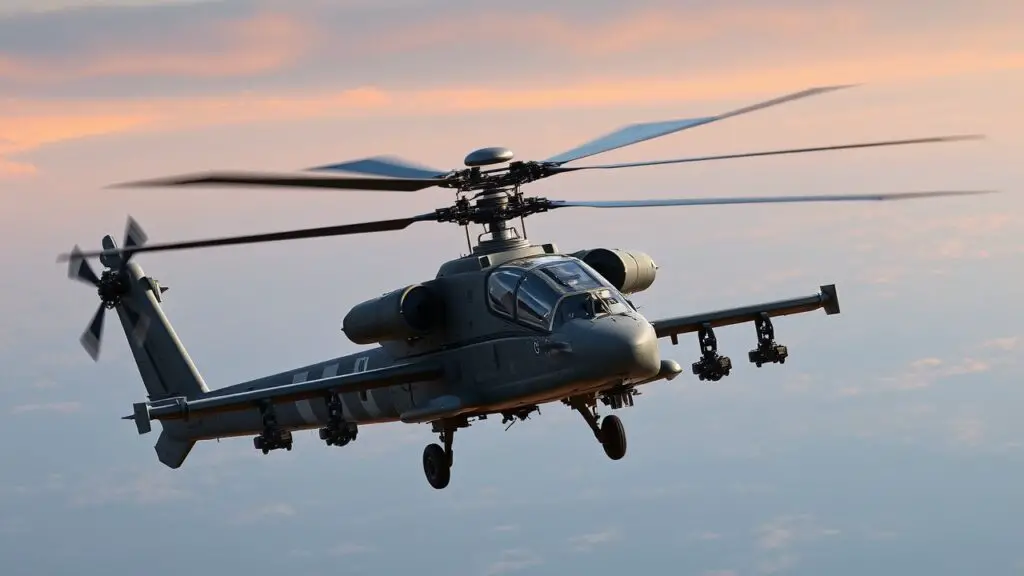
Key Features and Capabilities of the AH-64 Apache
One of the most striking features of the AH-64 Apache is its dual-engine configuration, which provides exceptional power and reliability. I am always impressed by how this design allows for enhanced performance in various conditions, ensuring that the helicopter can operate effectively even in adverse weather or challenging terrains. Coupled with its advanced rotor system, the Apache boasts remarkable agility and maneuverability, enabling it to execute complex flight maneuvers with ease.
The armament of the Apache is equally noteworthy. Armed with a combination of Hellfire missiles, rockets, and a 30mm chain gun, it can deliver devastating firepower on target. I find it remarkable how this helicopter can engage multiple targets simultaneously while maintaining a high level of accuracy.
Additionally, its advanced targeting systems and night vision capabilities allow it to operate effectively around the clock, making it a versatile asset in any military operation. For more information, visit Boeing AH-64 Apache.
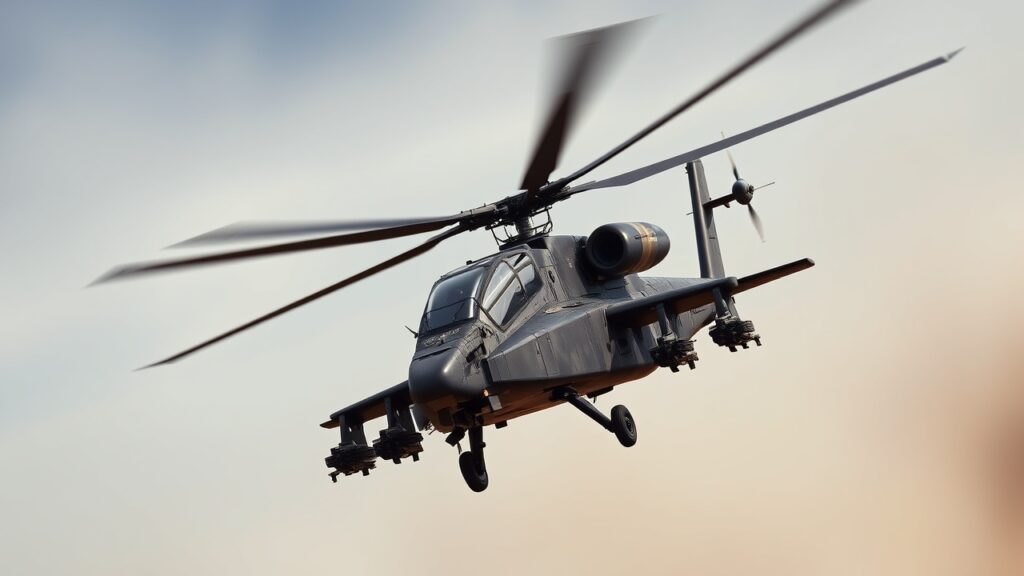
Combat and Mission Effectiveness of the AH-64 Apache
The combat effectiveness of the AH-64 Apache has been demonstrated in numerous conflicts around the globe. I recall reading about its pivotal role during Operation Desert Storm, where it showcased its ability to conduct deep strikes against armored formations and provide close air support for ground troops.
The helicopter’s ability to engage targets with precision while remaining out of harm’s way has made it an invaluable asset on the battlefield.
Moreover, the Apache’s effectiveness is not solely measured by its firepower but also by its ability to gather intelligence and coordinate with ground forces.
I find it fascinating how this helicopter can serve as a flying command center, relaying critical information and enhancing situational awareness for commanders on the ground. This multifaceted role underscores its importance in modern military operations, where information dominance is as crucial as firepower.
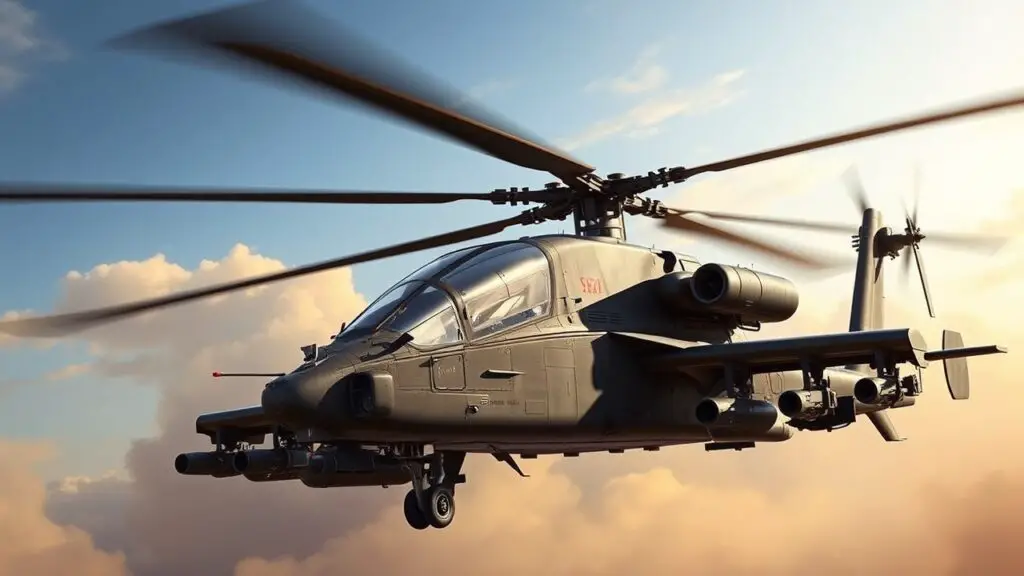
Upgrades and Modernization of the AH-64 Apache
As warfare continues to evolve, so too does the need for modernization within military assets like the AH-64 Apache. I am particularly intrigued by how ongoing upgrades have focused on enhancing survivability and lethality. The introduction of advanced avionics systems, improved sensors, and upgraded weaponry ensures that the Apache remains at the forefront of aerial combat capabilities.
These enhancements not only improve performance but also extend the operational lifespan of this iconic helicopter. The latest upgrades include features such as improved data links for better communication with other platforms and enhanced electronic warfare capabilities to counter emerging threats.
I appreciate how these advancements reflect a proactive approach to addressing potential vulnerabilities while maximizing operational effectiveness. The commitment to modernization ensures that the Apache will continue to be a relevant and powerful tool for military forces well into the future.
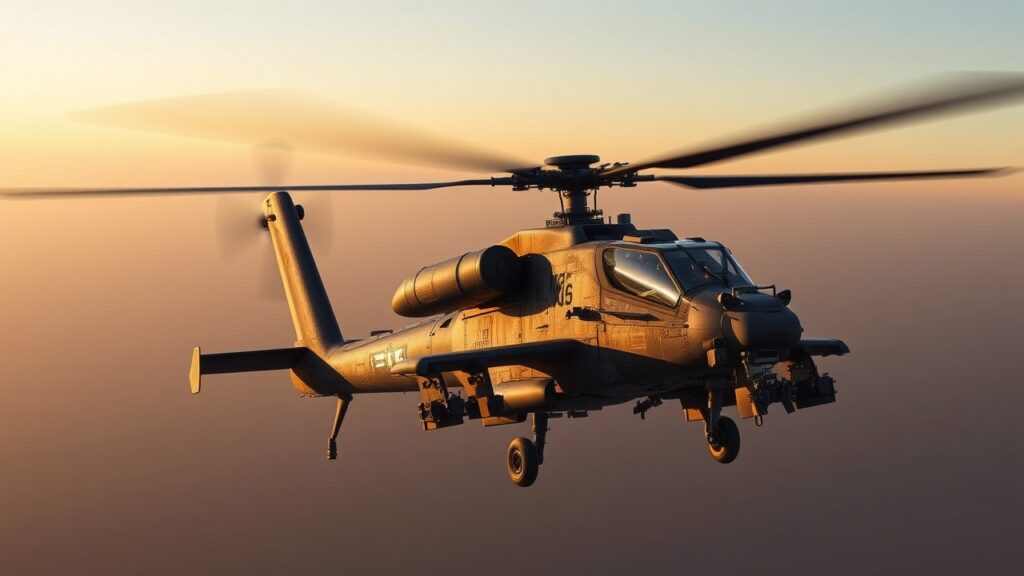
Global Deployment and Operational Use of the AH-64 Apache
The global footprint of the AH-64 Apache is extensive, with numerous countries adopting this helicopter for their armed forces. I find it fascinating how its reputation has transcended borders, making it a sought-after asset for nations looking to bolster their military capabilities. From Israel to India, various countries have integrated the Apache into their defense strategies, recognizing its effectiveness in both offensive and defensive operations.
Operational use of the Apache has varied widely across different theaters of conflict. I have read accounts of its deployment in counterinsurgency operations, where it has provided critical support to ground troops engaged in complex urban warfare scenarios.
The adaptability of the Apache allows it to fulfill diverse roles, whether conducting reconnaissance missions or engaging enemy positions directly. This versatility has solidified its status as a key player in modern military operations worldwide.
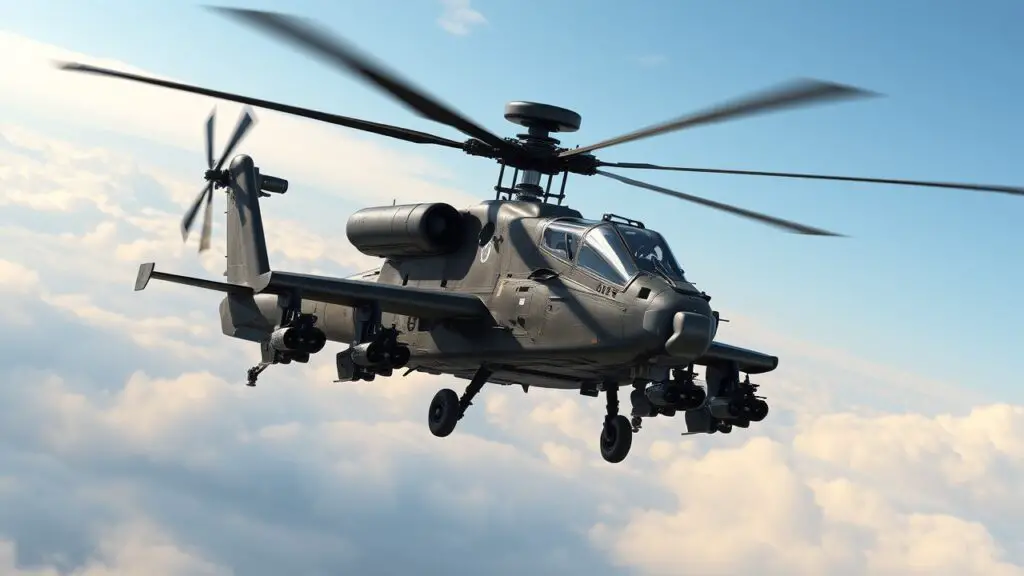
My Conclusion
Looking ahead, I am excited about the future prospects of the AH-64 Apache in modern warfare. As technology continues to advance at an unprecedented pace, I believe that we will see further innovations that enhance its capabilities even more.
The integration of artificial intelligence and unmanned systems could revolutionize how attack helicopters operate on the battlefield, allowing for greater efficiency and effectiveness in combat scenarios.
Moreover, as geopolitical tensions persist around the globe, I foresee that the demand for advanced aerial platforms like the Apache will only increase. Its proven track record and ongoing modernization efforts position it well for future conflicts where rapid response and precision strikes will be paramount.
The AH-64 Apache is not just a relic of past wars; it is poised to remain a vital component of military strategy for years to come, adapting to meet new challenges head-on while continuing to unleash its formidable power on adversaries.

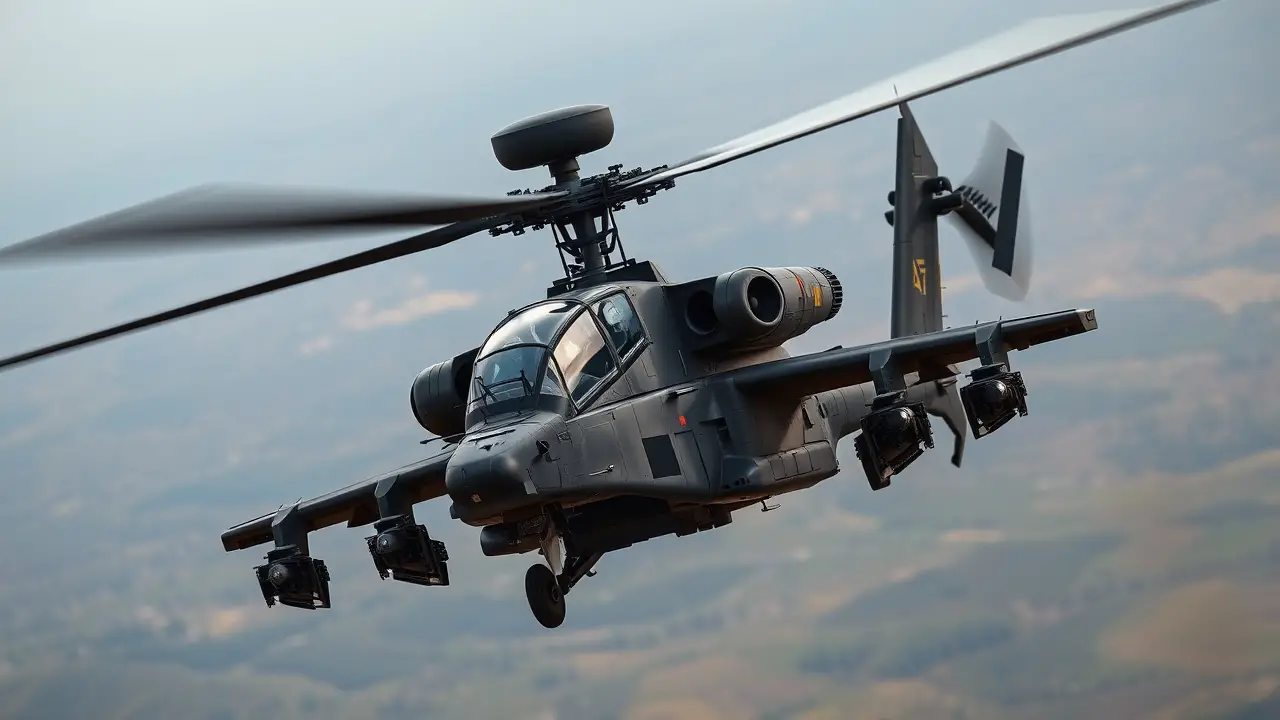
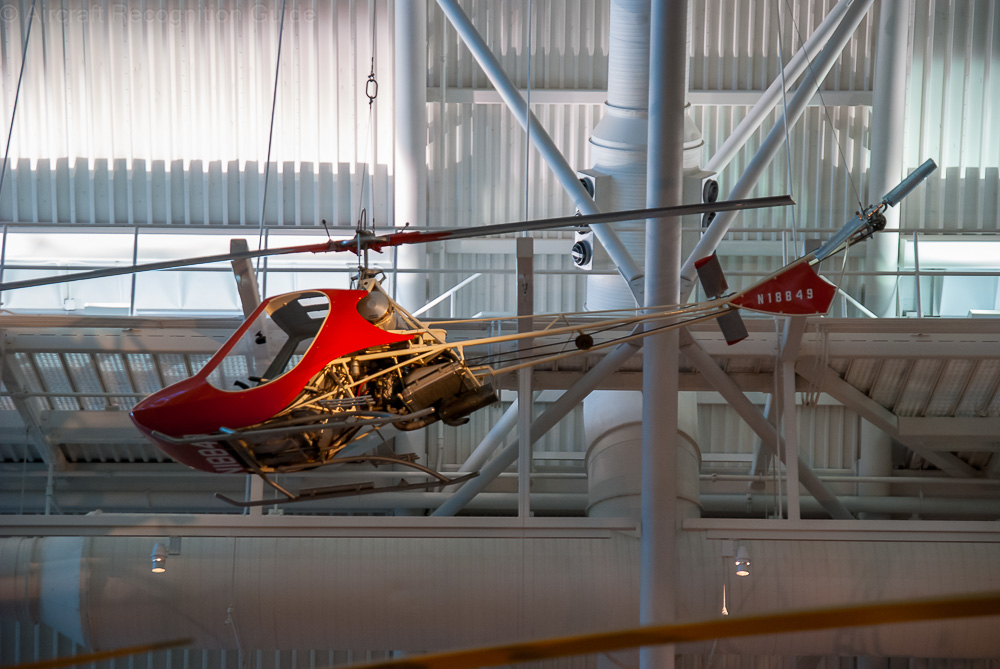


Leave a Reply